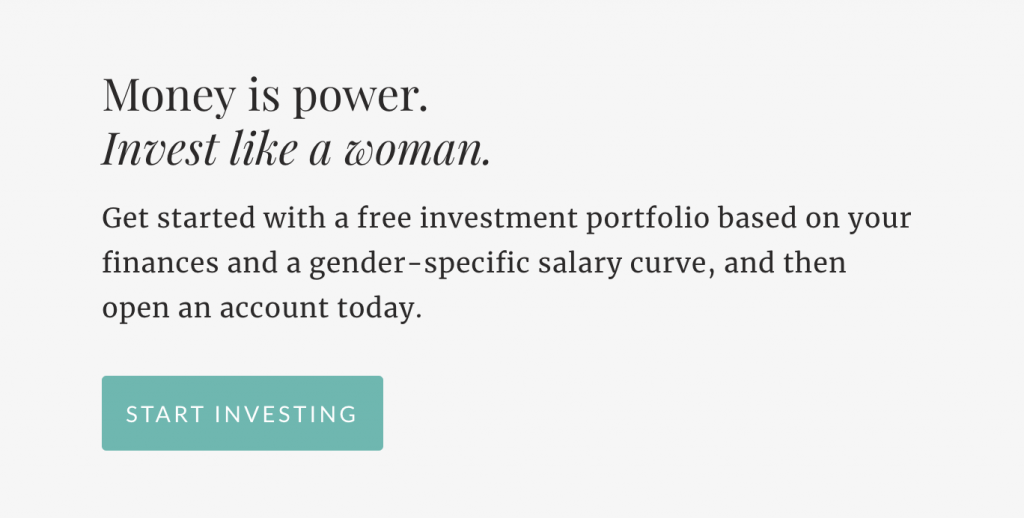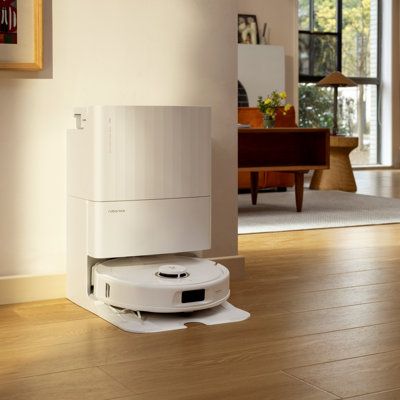If you’re saving for retirement in a 401(k) or other workplace plans, kudos to you. You’ve taken a major step towards saving for retirement.
But, don’t stop there.
One misstep many people make when planning for retirement is only contributing to their company-sponsored 401(k), not knowing that they actually have other options. Because of their unique benefits offered, you should also consider investing in a Roth IRA, too. What is it? How do you get one? What does it do? Thankfully, we’re here to give you an easy-to-understand outline of what this particular account is.
Here are the most valuable lessons I learned from chatting with a financial advisor at Ellevest. As it turns out, retirement wasn’t so confusing after all.
What is the Simplest Way to Define a Roth IRA?
A Roth IRA is a type of ‘qualified account’, it’s not an investment. This means it has certain tax advantages associated with it. You can start by opening an account at a financial institution of your choice, and then fund it. Individual Retirement Accounts like a Roth were created in Congress to allow individuals to save for retirement.
If you are eligible to contribute for a Roth and are under the age of 50, as of 2018, you can contribute up to $5,500 a year to it. If you are older than 50, you can contribute up to $6,500 a year. See what your Roth eligibility rules are and if you qualify.
How is a Roth IRA Different from a Traditional IRA or a 401(k)?
For most accounts that fall under “qualified” accounts — like a traditional IRA or a 401(k) — you pay taxes on the money you withdraw in retirement. This is not the case for a Roth IRA. According to Ellevest, a digital investment platform for women, contributions to a Roth IRA are made with after-tax funds, and the assets grow tax-free. Unlike a Traditional IRA, withdrawals from a Roth IRA are usually tax-free.
The big takeaway here: You fund the account with after-tax dollars, and the money you contribute will grow tax-free, assuming you do not withdraw until you are at least 59.5 years old. In other words, when you withdraw the money in retirement, you pay no taxes on it.
How Can I Get a Roth IRA?
You can start by opening an account at a financial institution of your choice, and then fund it. Ellevest can open an account for you and it takes less than 10 minutes to do it. All you have to do is head to the Ellevest website, answer a few questions about yourself and your income, and you can see if you qualify. It’s a pretty easy (dare I say— enjoyable — process)
Got 10 minutes? See what your Roth eligibility rules are and if you qualify.
How Does Ellevest Make its Initial IRA recommendation?
Their recommendation of whether you should open a traditional IRA or a Roth IRA for your Retirement goal is based on their estimate of your eligibility to contribute to a Roth IRA. This estimate is based upon the salary you make (or the household income, if you’re married).
If the salary (or household income, if filing jointly) that you entered is greater than the current year’s IRS allowed income limits for contributing to a Roth IRA, they will recommend that you open a traditional IRA. However, if the salary (or household income, if filing jointly) that you entered is less than the current year’s IRS allowed income limits for contributing to a Roth IRA, they will estimate your retirement forecast with a Roth IRA and your retirement forecast with a traditional IRA, and then recommend the account type with the higher forecast.
See what your Roth eligibility rules are and if you qualify.
So, Why Should I Complicate My Life with Another Retirement Account?
Here are Three Good Reasons:
Given the uncertainty of your tax situation decades into the future, it makes sense to hedge your wins with a traditional 401(k) and a Roth.
See what your Roth eligibility rules are and if you qualify.
2. Flexibility as you save: “The first and foremost reason [to invest in a Roth] is the flexibility of distributions,” Michael Bucci, senior manager of investment strategy for retirement plan services at Schneider Downs Wealth Management Advisors in Pittsburgh tells USA Today.
Another huge benefit of a Roth is you can take out your Roth at any time, without taxes or penalties. If you pull out investment earnings early. Still, you should know that you’ll owe taxes and penalties on that money.
A further benefit is a Roth can act as a backup emergency fund (more on what an emergency fund is and how to build one here). So, in the long-term job loss or a big move, for example, having a Roth can be a blessing.
See what your Roth eligibility rules are and if you qualify.
3. Tax diversification: When you get to retirement age, you’ll be so happy you have a Roth. Why? Mostly because when you’re retired, if your traditional 401(k) or traditional IRA withdrawals are about to bump you into a higher tax bracket, and you still need more money, you can withdraw that from your Roth.
Given the taxes that you’ll owe on traditional 401(k) and IRA payouts, tax-free money from your Roth can act as a happy buffer that lets you avoid that higher tax bracket. “You can choose which account to pull from year to year, depending on where you fall in the income level or where tax tables are as a whole,” Bucci tells USA today.
Your tax-free Roth withdrawals also can help reduce taxes on your Social Security benefits. Depending on your income, either 50% or 85% of your Social Security benefits may be subject to tax. The calculation of this tax is based on a specific income threshold. If your income is over that amount by just one dollar, you may get bumped into paying taxes on more of your benefits.
In this case, however, withdrawing income from a Roth rather than a traditional IRA or 401(k) may prevent you from hitting that higher threshold where 85% of your benefits are taxed.
See what your Roth eligibility rules are and if you qualify.
Next up: are you self-employed? Here are retirement options for you.

Disclosures: We’re excited to be partnering with Ellevest to start this conversation about women and money. We may receive compensation if you become an Ellevest client.







